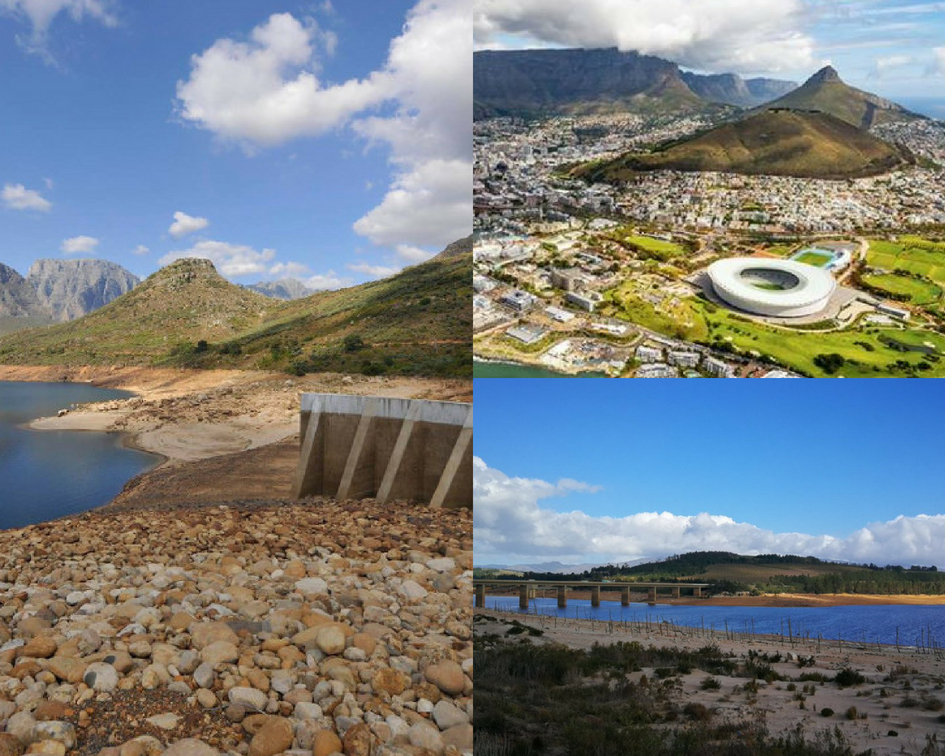NATIONAL NEWS - This week, the Department of Water and Sanitation (DWS) Western Cape Regional office updated the general public about the status of the water situation in the Western Cape.
The latest dam levels assessment on 9 July 2018 showed that the combined average dam levels for the Western Cape Water Supply System (WCWSS) are at 53.05% as compared to 48.33% last week.
Theewaterskloof Dam, the largest dam in the system has risen to 38.55% compared to 19.61% same time last year.
The DWS Western Cape Regional Head, Rashid Khan, said that the dam levels indicate that they are half full (at 53% on 9 July) with more rains expected during this winter rainfall season. This is a significant step up for water security in the Western Cape Province, especially those dams that are part of the WCWSS that supply the City of Cape Town.
Despite the dam levels being at the highest in a year, Khan stated the need for water savings to remain. He proposed a way forward in the face of climate change would be establishing alternative water sources as the primary source and the rainfall (regarded as surface water where it becomes available) as the secondary option.
The prevailing water restrictions will remain in force until the dam levels reach more than 85% as a collective average in the Western Cape. The national department allows the local government to manage its water use such that its local commercial, industrial and domestic users utilise water accordingly.
Despite the cancellation of Day Zero, Capetonians will pay 19.9% higher for water and sanitation after another tariff hike was announced at the beginning of July. The Daily Maverick reported that communities have expressed outrage over this hike and ANC Western Cape Provincial Secretary issued a statement that read: “The material conditions that resulted in these exorbitant tariff proposals have changed drastically and we demand the City to follow suit.”
















